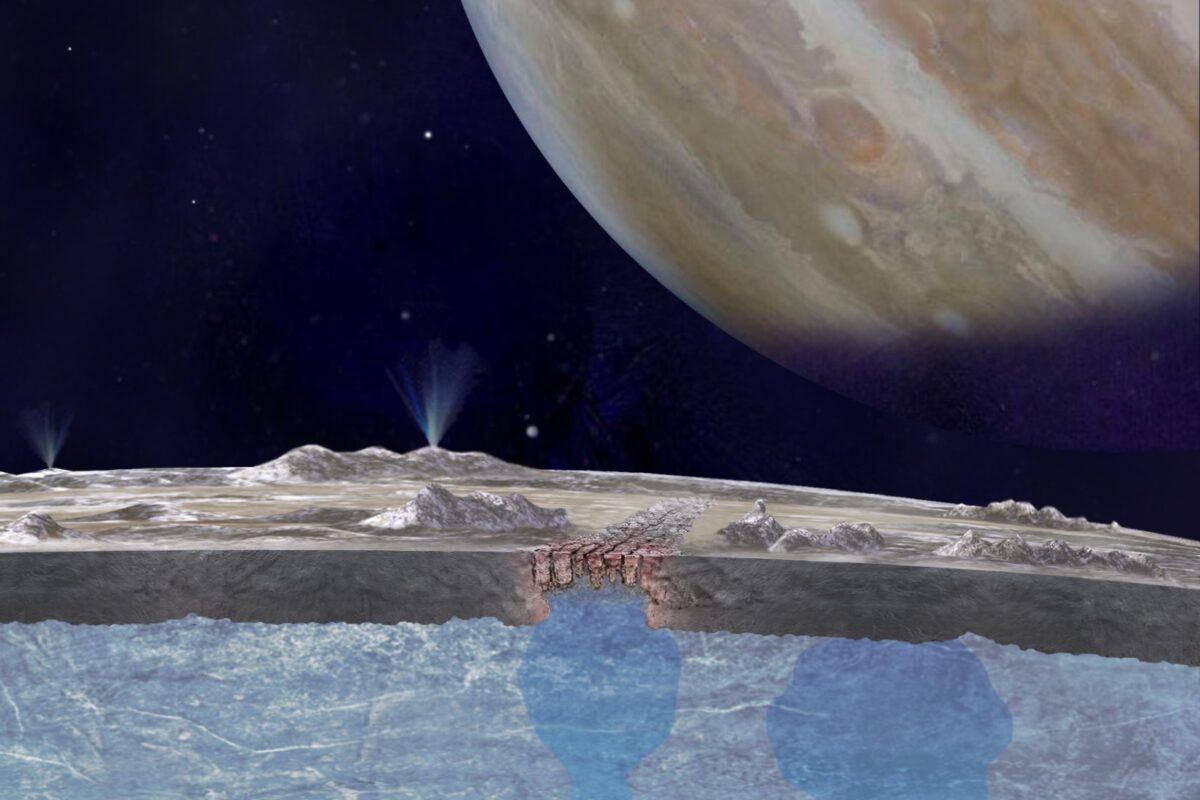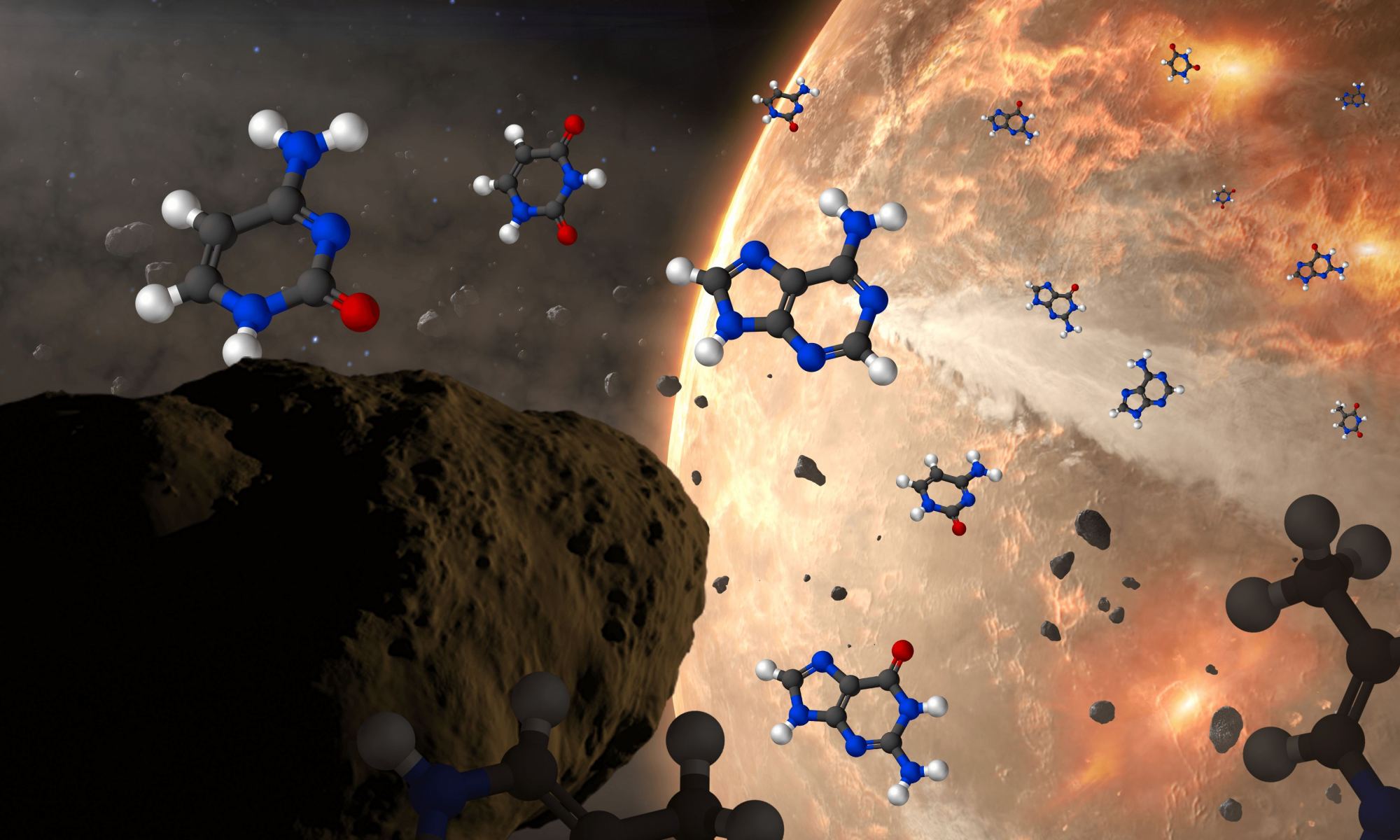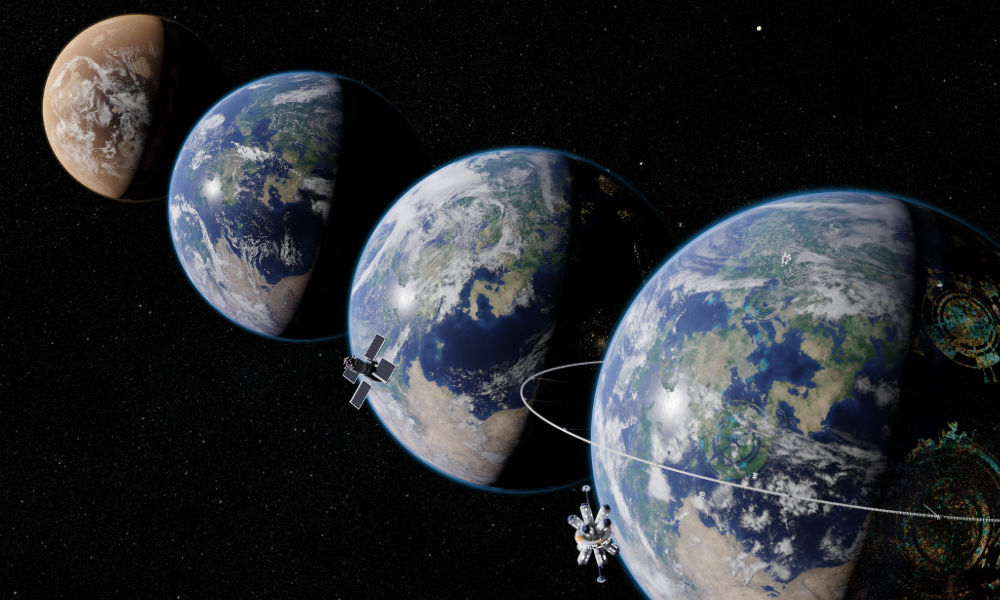
Each of us is, as it says in Max Ehrmann’s famous poem “Desiderata”, a child of the universe. It speaks metaphorically about our place in the cosmos, but it turns out to be a very literal truth. Our bodies contain the stuff of stars and galaxies, and that makes us children of the cosmos. To be more precise, we are carbon-based life forms. All life on Earth is based on the element carbon-12. It turns out this stuff is a critical gateway to life. So, how did the universe come up with enough of it to make you and me and all the life on our planet? Astrophysicists and nuclear physicists think they have an answer by using a supercomputer simulation of what happens to create carbon. As it turns out, it’s not very easy.
Continue reading “Carbon-12 is an Essential Building Block for Life and Scientists Have Finally Figured Out How it Forms in Stars”







